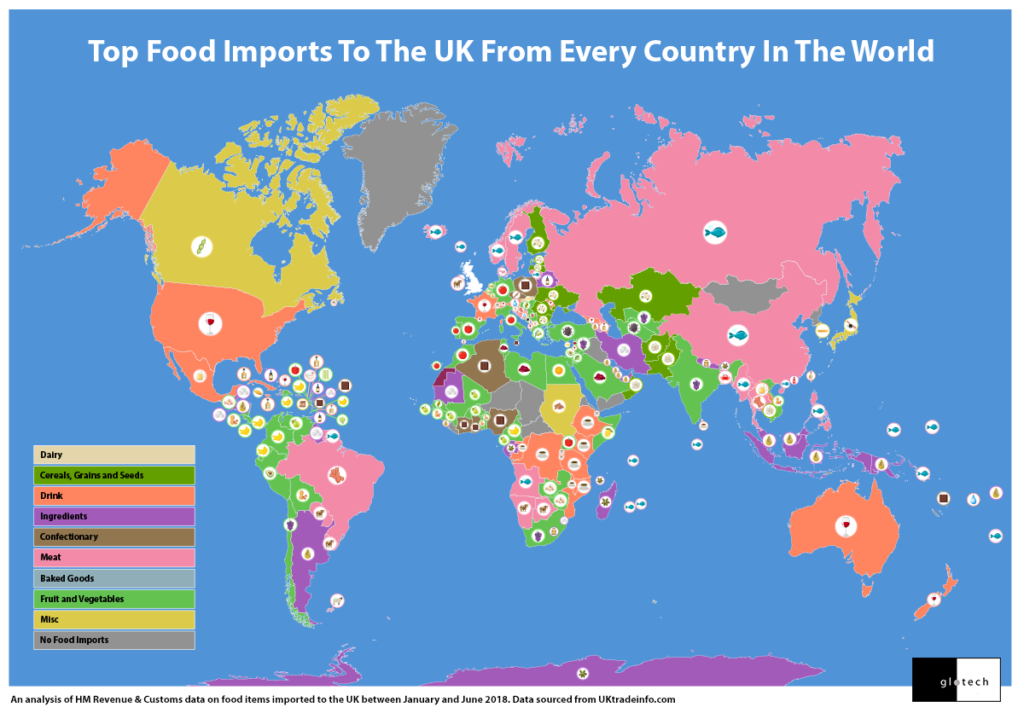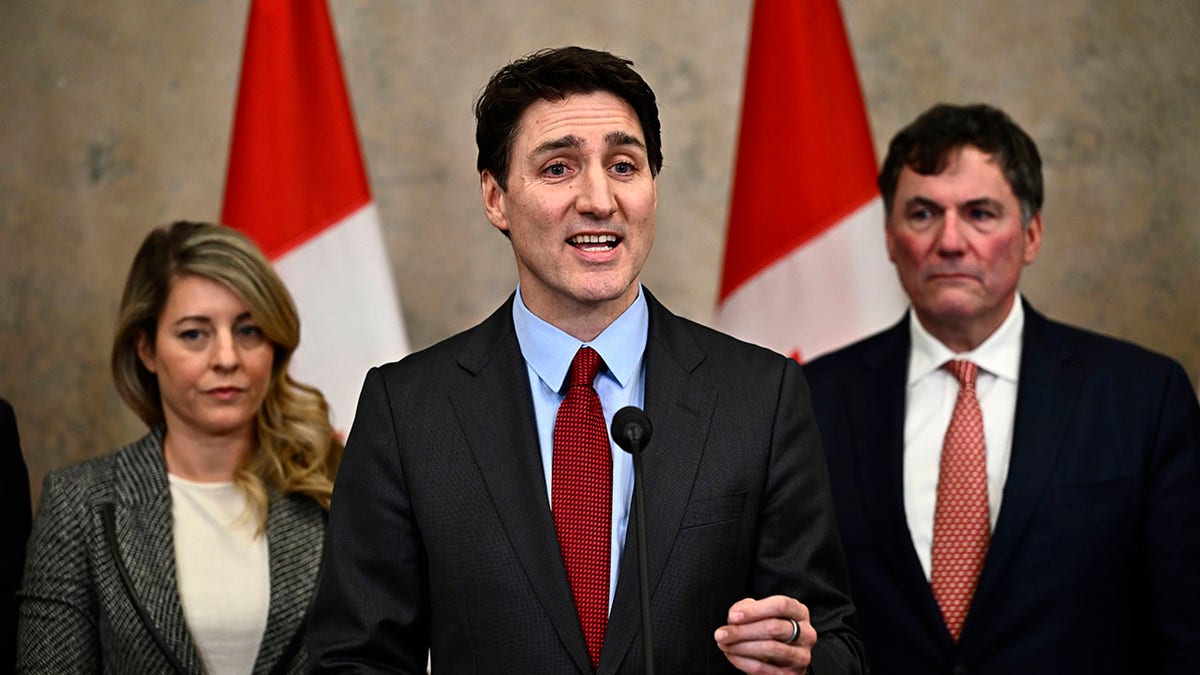Let’s be clear, folks. Ursula von der Leyen, the President of the European Commission, just served up a very pointed message to the Trump administration. She’s made it crystal clear: she won’t be hopping on a plane to Washington for a photo-op unless there’s a real trade agenda on the table.
Speaking in Brussels yesterday, von der Leyen stated she needs a concrete package for discussion before she’ll consider a White House visit. No vague promises, no empty gestures – she wants deliverables. This isn’t just diplomatic posturing; it’s a strong signal that Europe isn’t willing to be played.
This move underscores a crucial aspect of international trade negotiations. A meeting for the sake of a meeting is a waste of time. Effective negotiations require a clear understanding of goals and potential outcomes before high-level talks even begin.
It also highlights the evolving dynamics between the US and Europe under the current administration. Europe wants a balanced approach, not a one-sided deal dictated from Washington. They want a solution both sides can accept, and frankly, they should.
Knowledge Point: The Importance of Pre-Negotiation Structure
Successful trade agreements aren’t born from spontaneous meetings. They require extensive pre-negotiation efforts. This includes defining areas of contention and potential compromise.
Defining the ‘scope’ of the deal is paramount. Will it cover goods, services, intellectual property, and investment? Each area presents its own challenges.
Prolonged preparation allows both parties to assess each other’s red lines and potential flexibility. Without this, high-level summits become performative rather than productive.
Furthermore, having a draft framework allows for focused discussion, streamlining the negotiation process and increasing the chance of reaching a mutually beneficial outcome. Von der Leyen is expertly playing this game.







